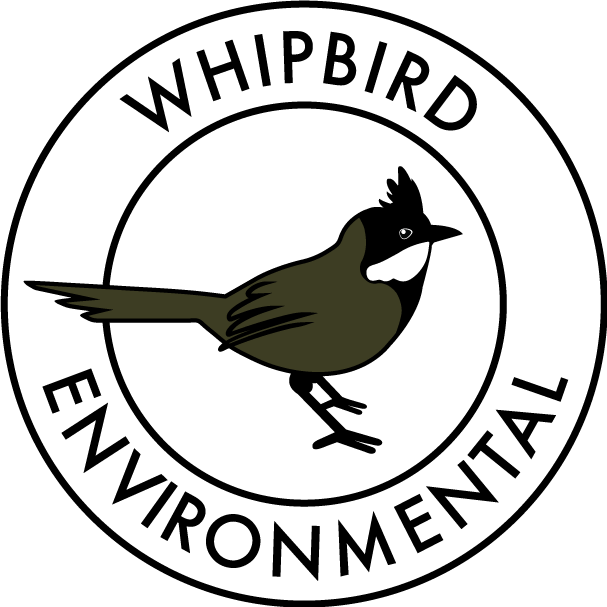Pultenaea villosa (Hairy Bush-pea) Australian Native Plant Profile
Pultenaea villosa flowering at Shoalhaven Heads Native Botanic Garden
Description
Pultenaea villosa (Hairy Bush-pea) is a medium to large shrub growing up to 2m high and 3m wide. Pultenaea villosa has an elegant habit with weeping branches and small leaves. Flowering Spring into summer Hairy Bush-pea puts on a remarkable display for yellow pea flowers turning the bush yellow for several weeks.
Growing Conditions
Pultenaea villosa occurs naturally on sandstone or sandstone derived soils typically in heath or dry sclerophyll forests. They form an important part of the understory in these communities and can tolerate full sun to part shade with free draining soils. They can withstand dry periods.
Habitat Value
Pultenaea villosa is an important shrub in the communities where it is found. It’s dense growth habit provides excellent low cover for many smaller animals and its abundant flowering makes it an excellent food source for many native insects.
Uses
Environmentally Pultenaea villosa is a fantastic species to include in revegetation works in ecological communities where it occurs. It is relatively quick to establish and can handle some pretty tough conditions. It plays a significant role in providing habitat for native insects and other animals that are important to the wider ecological community which would be useful while other larger trees are still establishing.
In the garden it is a fantastic plant for sandstone soils although it can tolerate transitionary soils. Its flower display is a welcome splash of colour during the spring time and will attract butterflies and other native insects and birds. It can be used effectively in mass plantings or as an individual specimen and works well as an informal hedge or low screen.
Propagation
Propagation is easiest from seed after applying a boiling water treatment.
You might also like:
Commelina cyanea (Scurvy Weed)
Pelargonium australe (Native Storksbill/Wild Geranium)
Further Reading
https://finder.growingillawarranatives.org/plants/plant/431
https://plantnet.rbgsyd.nsw.gov.au/cgi-bin/NSWfl.pl?page=nswfl&lvl=sp&name=Pultenaea~villosa
https://www.anbg.gov.au/gnp/gnp9/pultenaea-villosa.html

